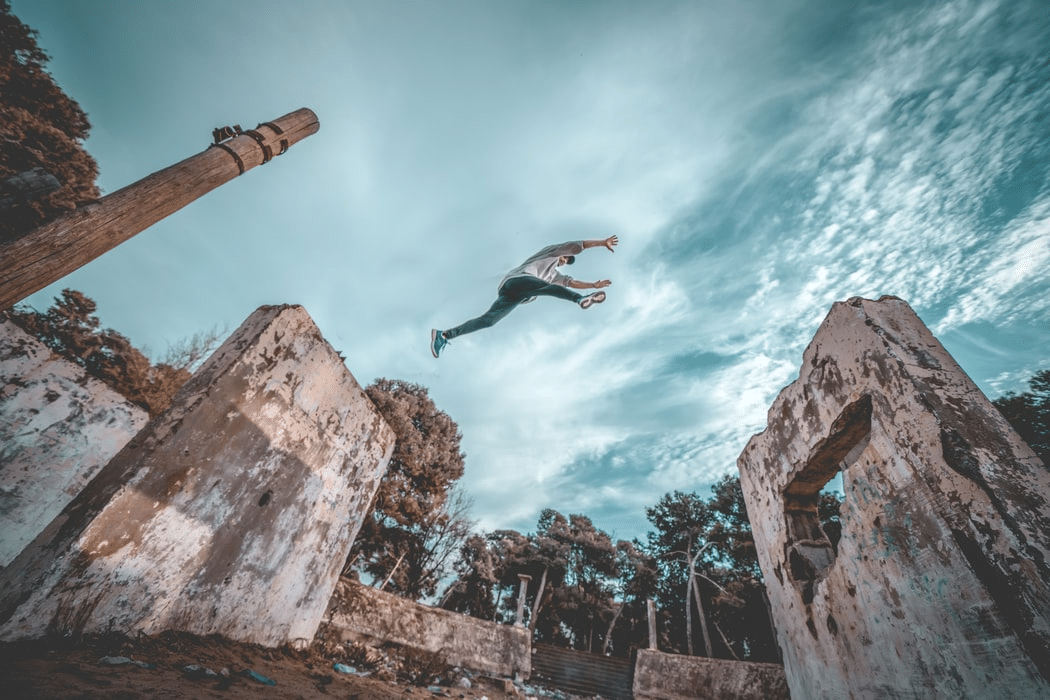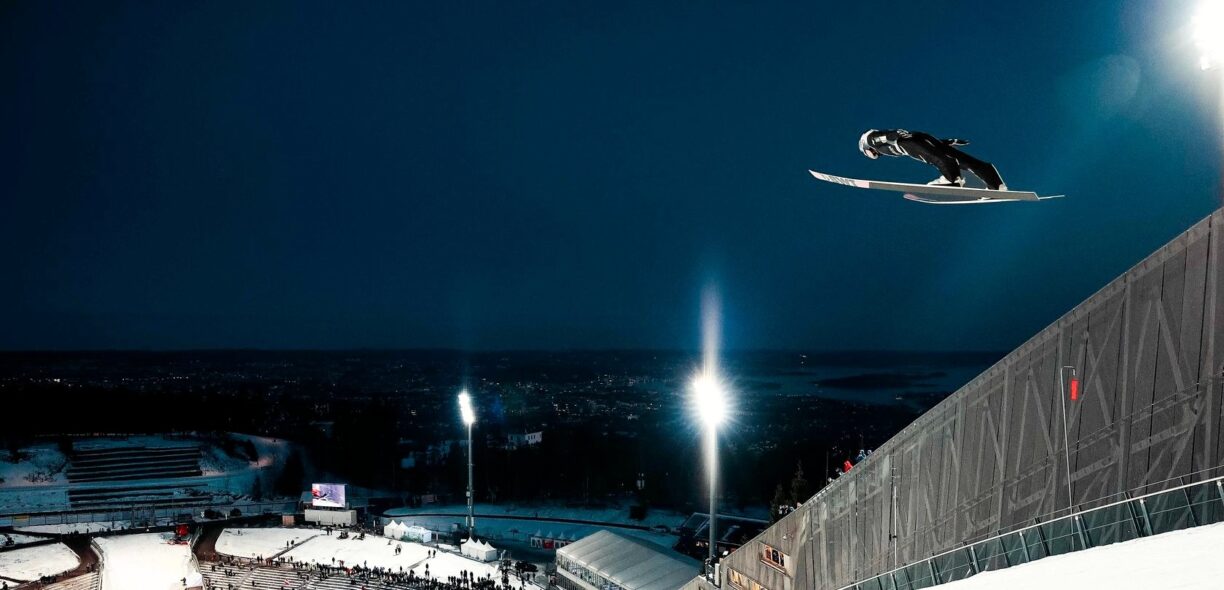The world of extreme sports has always been somewhat of an unknown realm, a dark art if you will. Mystery and intrigue have surrounded the likes of downhill BMXing, snowboarding, and base-jumping – to name just a few.
For most looking from the outside in, the questions of the past poised towards anyone involved have been ones like, “how do you get involved in such a thing?”, or, similarly, just blank statements like “you’d have to be mad.”
That said, in 2020, the world of extreme sports has become considerably more mainstream. Events that we would have only ever seen featured in the likes of the X-Games are now prominent in the Olympics while Red Bull have fuelled a passion within younger generations to be more daring.
When thinking about the latter of the two, Red Bull, we probably haven’t seen as many following in the footsteps of Felix Baumgartner, jumping from space, but Katie Ormerod and Danny MacAskill — yes, absolutely!
Katie, world champion snowboarder and the first female snowboarder to land a double cork 180, and Danny, a Scottish trials biker to ride along the infamous Cullin Ridge, are the epitome of extreme sports stars who are commanding the attention of the world with their skill.
As more and more of us decide that we’re going to embark on extreme sports, whether it be as a hobby or a new found calling, we thought we’d take a look at what it takes in terms of fitness to be able to succeed.
The first point worth noting is that these athletes, despite not being marathon runners, boxers, or cross fit champions, are at the peak of their physical fitness. Let’s delve into what extreme sport fitness involves…
BMXing
When you think of cyclists and fitness your mind will probably take you to the Passo di Mortirolo, a section that is regularly used in the Giro d’Italia with an average gradient of 11 per cent and a length of more than 12km.
However, BMXers are perhaps some of the fittest in the cycling game – their discipline demands explosive speed and power. In fact, Mark Cavendish learnt the tricks of the trade when BMXing at a young age.
But what exercises do you need to focus your attention on?
Olympic lifts are one way of building strength, returning perhaps the biggest bank for your buck. Low rep, of between three and five reps, and heavy load on both squat and deadlift will be optimum for strength-building.
If you’re unsure of what you’re doing, its best to call upon the help of a professional trainer because heavy weight and poor form do not go together well.
Similarly, plyometric jumps are perfect for building strength in both the legs and the core. Explosive power can be improved by starting in a partial squat position, jumping off the ground, and landing on the highest box you can.
Keep reps low to begin and then start to work up as you see a development in your strength and form.
Snowboarding
It’s a common misconception that snowboarding requires lower body strength and nothing else – this couldn’t be further from the truth.
Your legs, however, should be your first port of call. Draft in high rep sets to build your quad muscles. Squats are the holy grail when it comes to developing your quad muscles but don’t just use on variation – you need to stress the muscle to help it advance.
Barbell squats, Bulgarian squats, body squats, box squats, goblets squats, and single leg squats should all be incorporated into your training plan.
Lunges offer similar benefits to that of squats but also encourage balance and core strength. Calves, meanwhile, should also exists as a focus point.
Easy to train, through the likes of calf raises, not only will strengthened muscles in this area help improve your calf strength it will also better your ankle mobility, crucial for those sharp twists and turns.
Head of physical preparation for the Netherlands Olympic ski and snowboard team, Robert Walsh notes that you should try standing exercises, those that: “rotational, flexion or extension-type patterns, using both accelerative and decelerating force (medicine ball rotational wall throws, catches and smashes and landmines).”
Walsh also points to exercises that can help prepare you for the inevitable fall – such as Judo or Jujitsu.
Parkour
In parkour you’re going to be running, jumping, climbing, and balancing – a full body workout! Effectively, you want to get from one place to another as quickly as possible.
Alongside creativity and cunning, to succeed in parkour and more importantly stay safe, you’ll need to display sheer physical strength and ability.
A combination of cardio and resistance training, parkour is the ideal full body workout, engaging almost every muscle you can think off. Alongside being a guaranteed method of weight loss, parkour is also recommended in certain cases of mild arthritis, helping to combat stiffness.
General cardiovascular fitness is required – improve this through a mixture of long (5-10k) runs and short (1-3k) runs. Develop upper body strength with functional calisthenic exercises like pull ups and press ups while your lower body muscles, required for that explosive power when jumping can be established through exercises like squats and lunges.
Thinking about picking up a new hobby while lockdown ensues? Touch upon these handy exercise tips today and make your dream a reality today!





